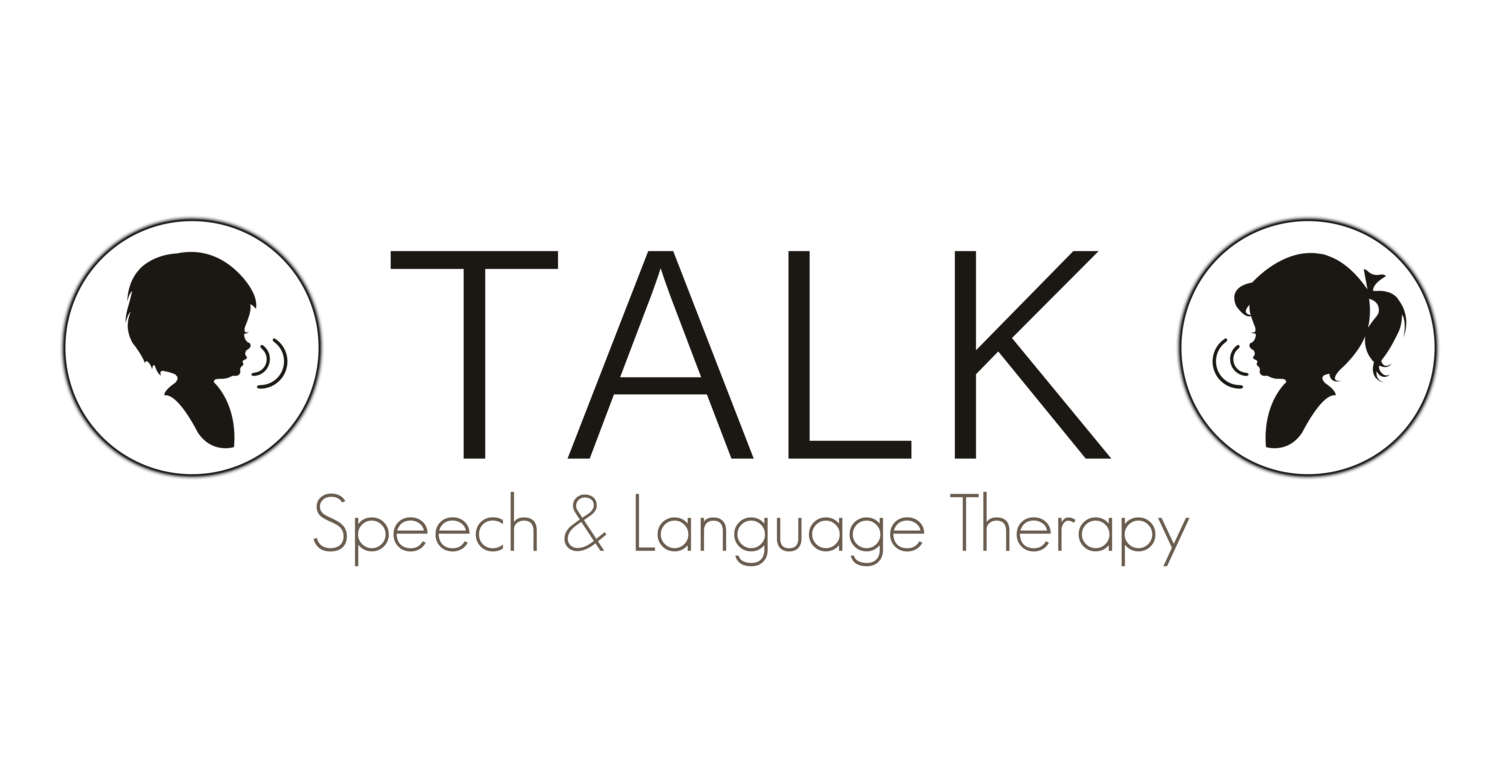Milestones
These are the development changes expected as defined by the American Speech-Language-Hearing Association.
What Should My Child Be Doing at Birth to Three Months?
Hearing & Understanding
Startles to loud sounds
Quiets or smiles when spoken to
Seems to recognize your voice and quiets if crying
Increases or decreases sucking behavior in response to sound
Talking
Makes pleasure sounds (cooing, gooing)
Cries differently for different needs
Smiles when sees you
What should my child be doing at four to six months?
HEARING & UNDERSTANDING
Moves eyes in direction of sounds
Responds to changes in tone of your voice
Notices toys that make sounds
Pays attention to music
TALKING
Babbling sounds more speech-like with many different sounds, including p, b and m
Chuckles and laughs
Vocalizes excitement and displeasure
Makes gurgling sounds when left alone and when playing with you
What should my child be doing at seven months to one year?
HEARING & UNDERSTANDING
Enjoys games like peek-a-boo and pat-a-cake
Turns and looks in direction of sounds
Listens when spoken to
Recognizes words for common items like "cup", "shoe", "book", or "juice"
Begins to respond to requests (e.g. "Come here" or "Want more?")
TALKING
Babbling has both long and short groups of sounds such as "tata upup bibibibi"
Uses speech or noncrying sounds to get and keep attention
Uses gestures to communication (waving, holding arms to be picked up)
Imitates different speech sounds
Has one or two words (hi, dog,dada, mama) around first birthday, although sounds may not be clear
What should my child be doing at one to two years?
HEARING & UNDERSTANDING
Points to a few body parts when asked
Follows simple commands and understands simple questions ("Roll the ball," "Kiss the baby," "Where's your shoe?")
Listens to simple stories, songs, and rhymes
Points to pictures in a book when named
TALKING
Says more words every month
Uses some one- or two- word questions ("Where kitty?" "Go bye-bye?" "What's that?")
Puts two words together ("more cookie," "no juice," "mommy book")
Uses many different consonant sounds at the beginning of words
What should my child be doing at two to three years?
HEARING & UNDERSTANDING
Understands differences in meaning ("go-stop," "in-on," "big-little," "up-down")
Follows two requests ("Get the book and put it on the table")
Listens to and enjoys hearing stories for longer periods of time
TALKING
Has a word for almost everything
Uses two- or three- words to talk about and ask for things
Uses k, g, f, t, d, and n sounds
Speech is understood by familiar listeners most of the time
Often asks for or directs attention to objects by naming them
What should my child be doing at three to four years?
HEARING & UNDERSTANDING
Hears you when you call from another room
Hears television or radio at the same loudness level as other family members
Answers simple "who?", "what?", "where?", and "why?" questions
TALKING
Talks about activities at school or at friends' homes
People outside of the family usually understand child's speech
Uses a lot of sentences that have 4 or more words
Usually talks easily without repeating syllables or words
What should my child be doing at four to five years?
HEARING AND UNDERSTANDING
Pays attention to a short story and answers simple questions about them
Hears and understands most of what is said at home and in school
TALKING
Uses sentences that give lots of details ("The biggest peach is mine")
Tells stories that stick to topic
Communicates easily with other children and adults
Says most sounds correctly except a few likel, s, r, v, z, ch, sh, th
Says rhyming words
Names some letters and numbers
Uses the same grammar as the rest of the family
